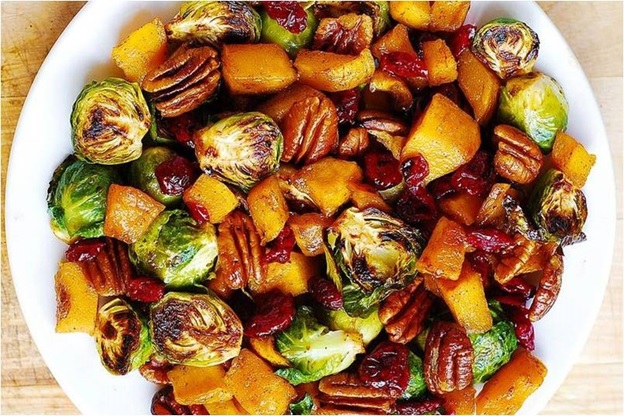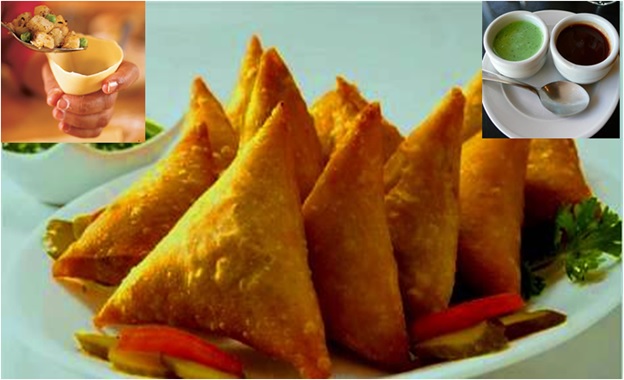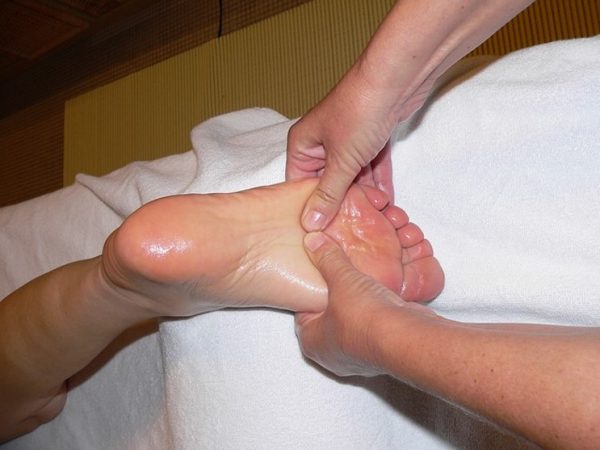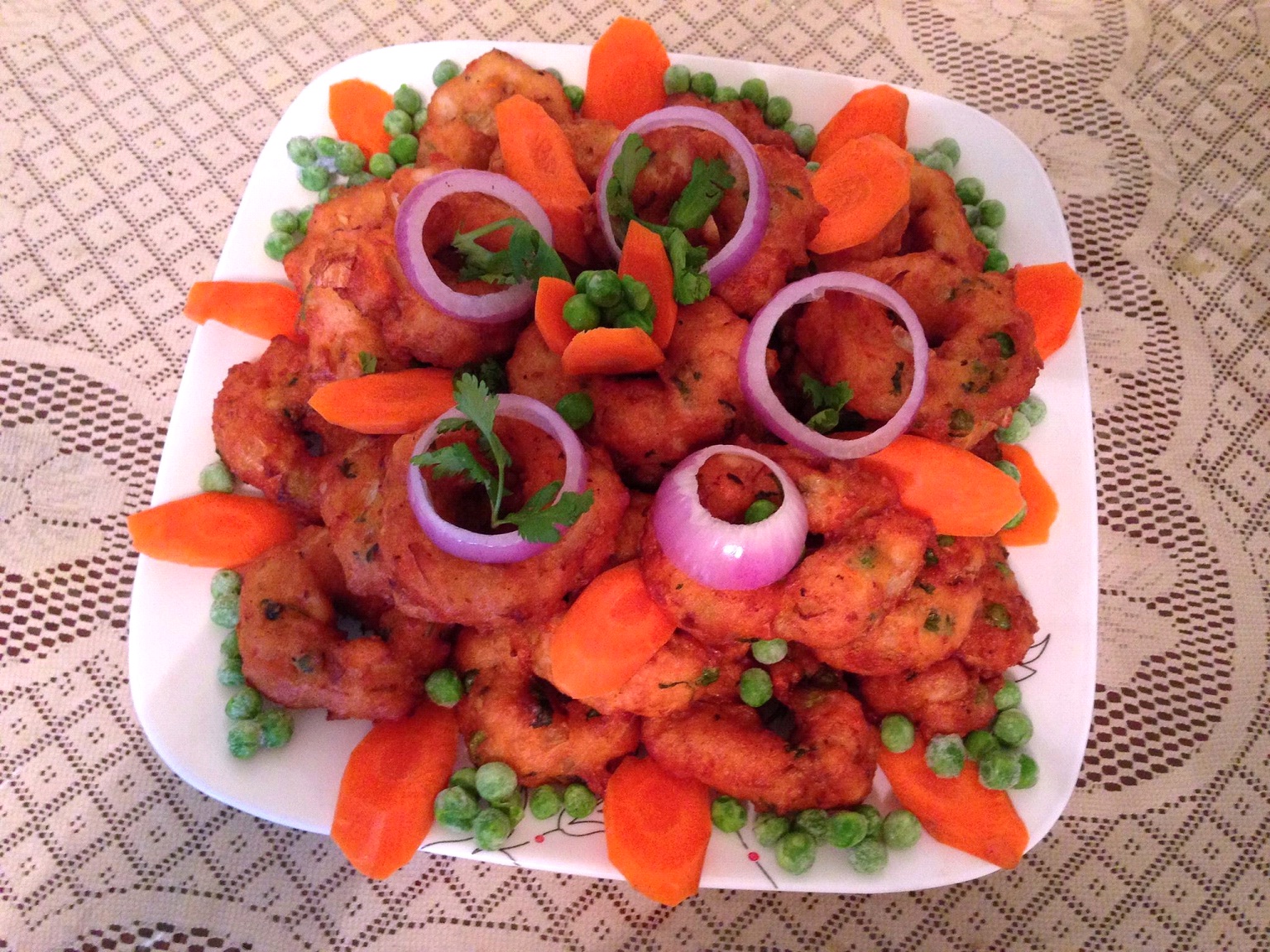
Thanksgiving Side Dish
Recipe from: http://juliasalbum.com/
An easy, healthy and colorful recipe for all is here for the upcoming Thanksgiving day. It is a healthy vegetarian side dish containing brussels sprouts, squash, pecans and cranberries. Highly nutritious packed with fiber and good nutrient stuffs side dish recipe is below:
Ingredients:
- Roasted Brussels Sprouts:
- 3 cups Brussels sprouts, ends trimmed, yellow leaves removed
- 3 tablespoons olive oil
- Salt, to taste
- Roasted Butternut Squash: 1 and ½ pound butternut squash, peeled, seeded, and cubed into 1-inch cubes (Yields about 4 cups of uncooked cubed butternut squash)
- 2 tablespoons olive oil
- 3 tablespoons maple syrup
- ½ teaspoon ground cinnamon
- 2 cups pecan halves
- 1 cup dried cranberries
- 2-4 tablespoons maple syrup (optional)
Preparation:
- Roasted Brussels sprouts: Preheat oven to 400 F. Preheat oven to 400 F. Lightly grease the foil-lined baking sheet with 1 tablespoon of olive oil. Make sure Brussels sprouts have trimmed ends and yellow leaves are removed. Then, slice all Brussels sprouts in half. In a medium bowl, combine halved Brussels sprouts, 2 tablespoons of olive oil, salt (to taste), and toss to combine. Place onto a foil-lined baking sheet, cut side down, and roast in the oven at 400 F for about 20-25 minutes. During the last 5-10 minutes of roasting, turn them over for even browning, the cut sides should be nicely and partially charred but not blackened.
- Roasted butternut squash: Preheat oven to 400 F. Lightly grease the foil-lined baking sheet with 1 tablespoon of olive oil. In a medium bowl, combine cubed butternut squash (peeled and seeded),1 tablespoon of olive oil, maple syrup, and cinnamon, and toss to mix. Place butternut squash in a single layer on the baking sheet. Bake for 20-25 minutes, turning once half-way through baking, until softened.
- In a large bowl, combine roasted Brussels sprouts, roasted butternut squash, pecans, and cranberries, and mix to combine. For more sweetness, add 2 or 4 tablespoons of maple syrup, if desired – do not add all maple syrup at once, start with 2 tablespoons, then add more, if desired, and toss with the salad ingredients to combine.
Recipe from: http://juliasalbum.com/
Author: HealthyLife | Posted on: November 24, 2015
« Traditional Indian Spicy Samosa Snake Gourd (Padaval) Indian Curry »








